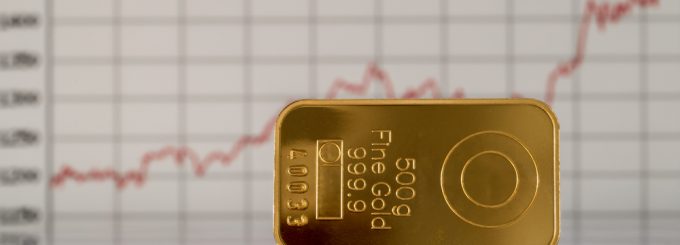Investing in Precious Metals: A Guide for Smart Investors

In an ever-changing financial landscape, smart investors are constantly seeking ways to diversify their portfolios and protect their wealth. Precious metals, such as gold, silver, platinum, and palladium, have stood the test of time as reliable assets that offer both stability and potential for growth. This guide aims to provide valuable insights into the world of investing in precious metals, exploring the various types of metals, their historical significance, advantages and risks, and strategies for incorporating them into a well-rounded investment portfolio.
Understanding Precious Metals
Precious metals are rare and naturally occurring elements that hold intrinsic value due to their scarcity, industrial applications, and historical significance. The most well-known precious metals include gold, silver, platinum, and palladium. These metals have been treasured for centuries for their use in jewelry, currency, electronics, and industrial processes. Their enduring appeal lies in their resistance to corrosion, malleability, and unique physical properties that make them indispensable in various sectors.
Advantages of Investing in Precious Metals
Investing in precious metals offers several compelling advantages that can enhance the diversification and resilience of an investment portfolio:
Hedging against Inflation: Precious metals have a proven track record of preserving value during times of economic uncertainty and high inflation. Their value tends to rise when traditional assets like stocks and bonds experience volatility.
Safe-Haven Asset: During times of geopolitical turmoil and market stress, investors often flock to precious metals as a safe-haven investment. The stability of these metals can help protect wealth when other investments falter.
Portfolio Diversification: Precious metals have a low correlation with other asset classes, making them an effective tool for diversification. Adding them to a portfolio can reduce overall risk and enhance its overall performance.
Potential for Capital Appreciation: While precious metals are known for their stability, they can also offer capital appreciation over the long term. As global demand and supply dynamics shift, prices of these metals can experience significant growth.
Risks to Consider
While investing in precious metals offers numerous benefits, it’s important to be aware of potential risks:
Price Volatility: Precious metal prices can experience significant short-term fluctuations due to factors like changes in supply and demand, geopolitical events, and market sentiment.
Storage and Security: Holding physical precious metals requires secure storage to prevent theft or damage. Storage costs can also impact overall returns.
Liquidity: While precious metals are generally liquid assets, the process of selling physical metals may take longer than selling stocks or bonds.
Regulatory Changes: Government policies and regulations can affect the buying, selling, and ownership of precious metals. Changes in taxation or import/export laws can impact the market.
Strategies for Investing in Precious Metals
Smart investors consider various strategies to incorporate precious metals into their portfolios:
Direct Ownership: Investors can purchase physical precious metals such as coins, bars, or bullion. This provides ownership and the potential for appreciation, but storage and security considerations apply.
Exchange-Traded Funds (ETFs): Precious metal ETFs offer exposure to the metals’ price movements without requiring physical ownership. They provide liquidity and can be traded like stocks.
Mining Stocks: Investing in mining companies involved in precious metal extraction can provide exposure to the industry’s potential growth, but it comes with risks associated with company performance.
Precious Metal Mutual Funds: Mutual funds that specialize in precious metal investments allow investors to diversify across various companies and types of metals, spreading risk.


